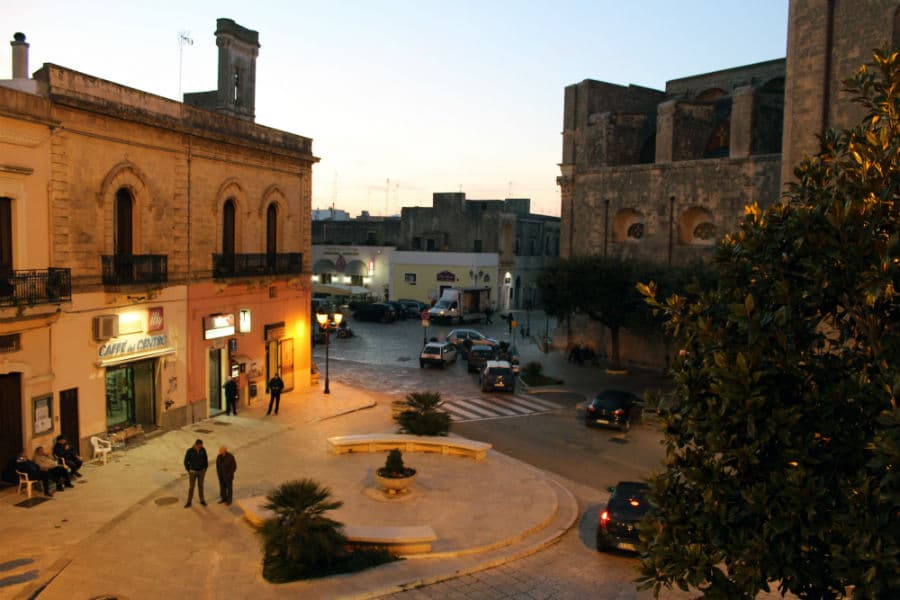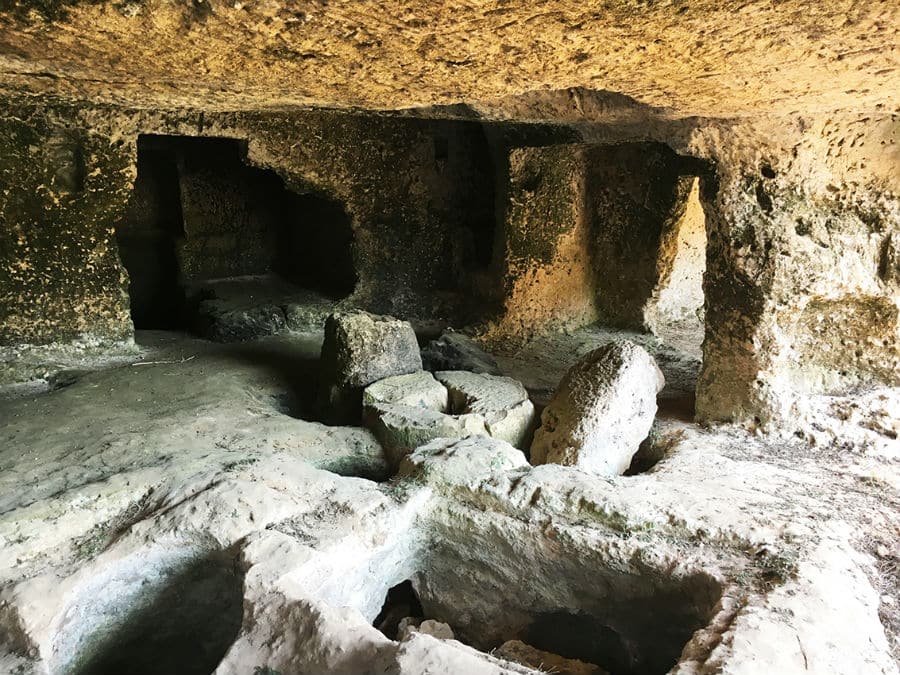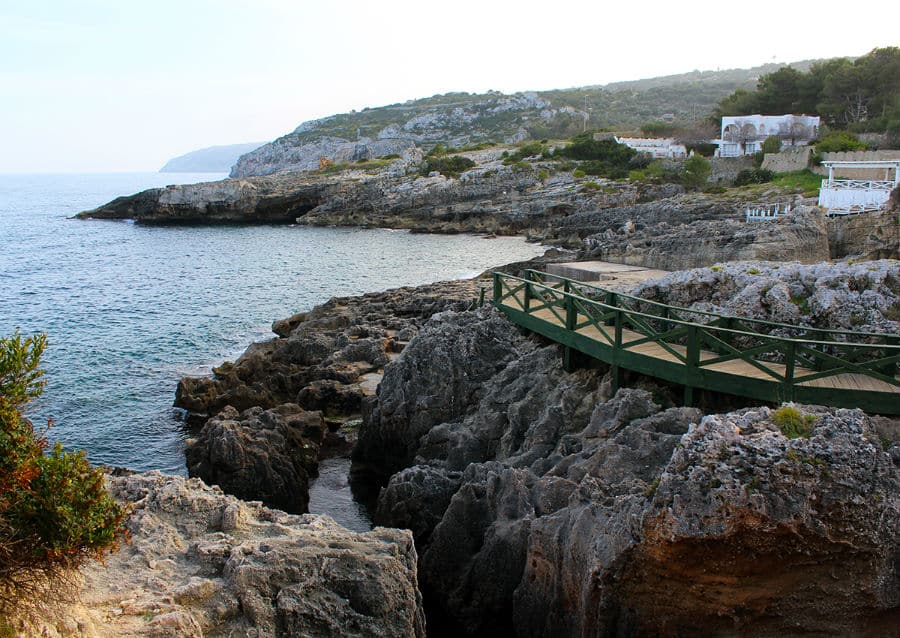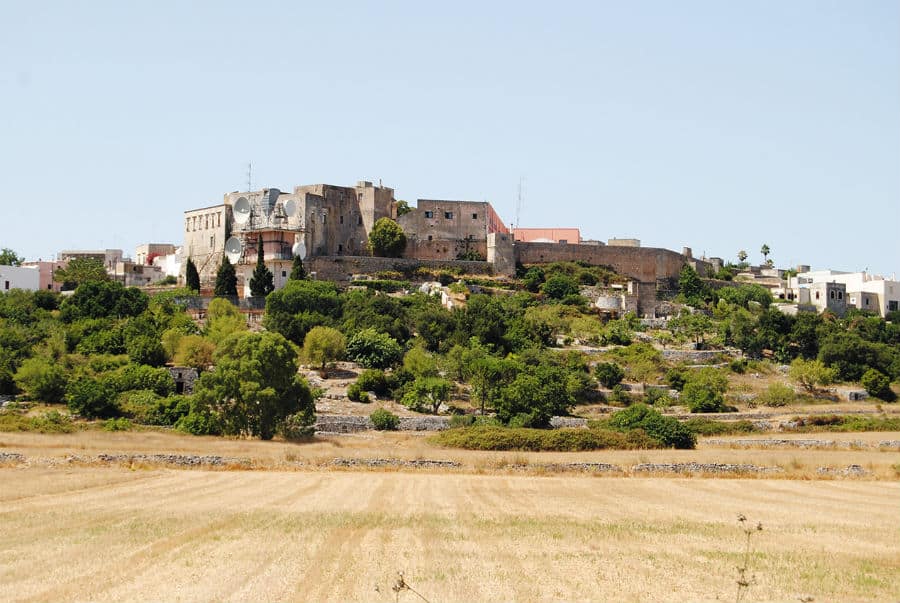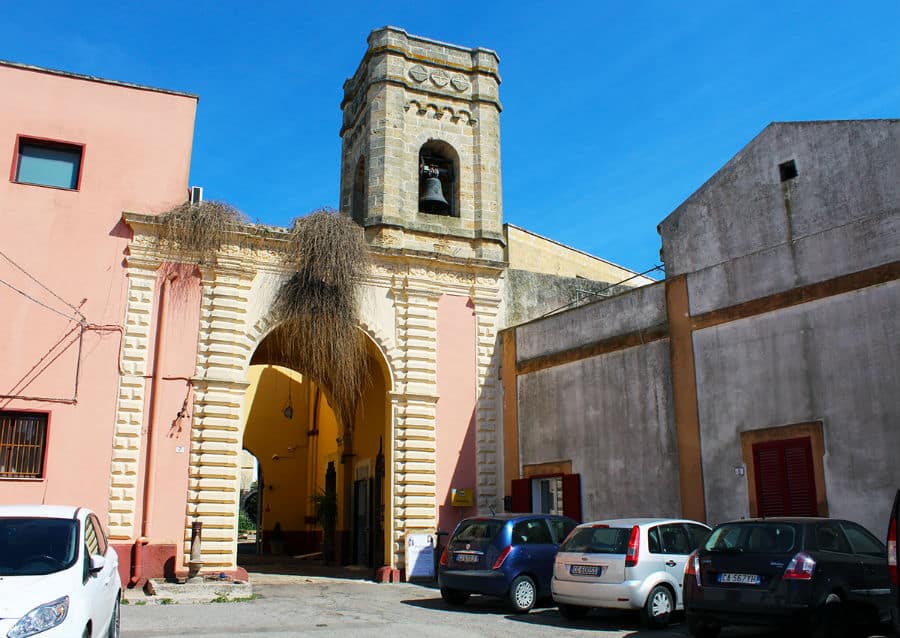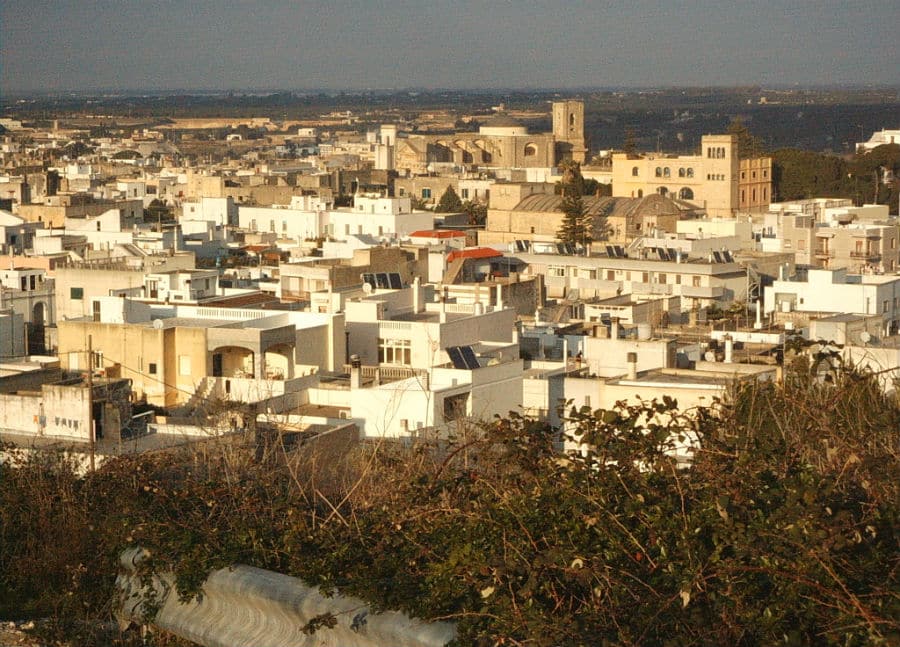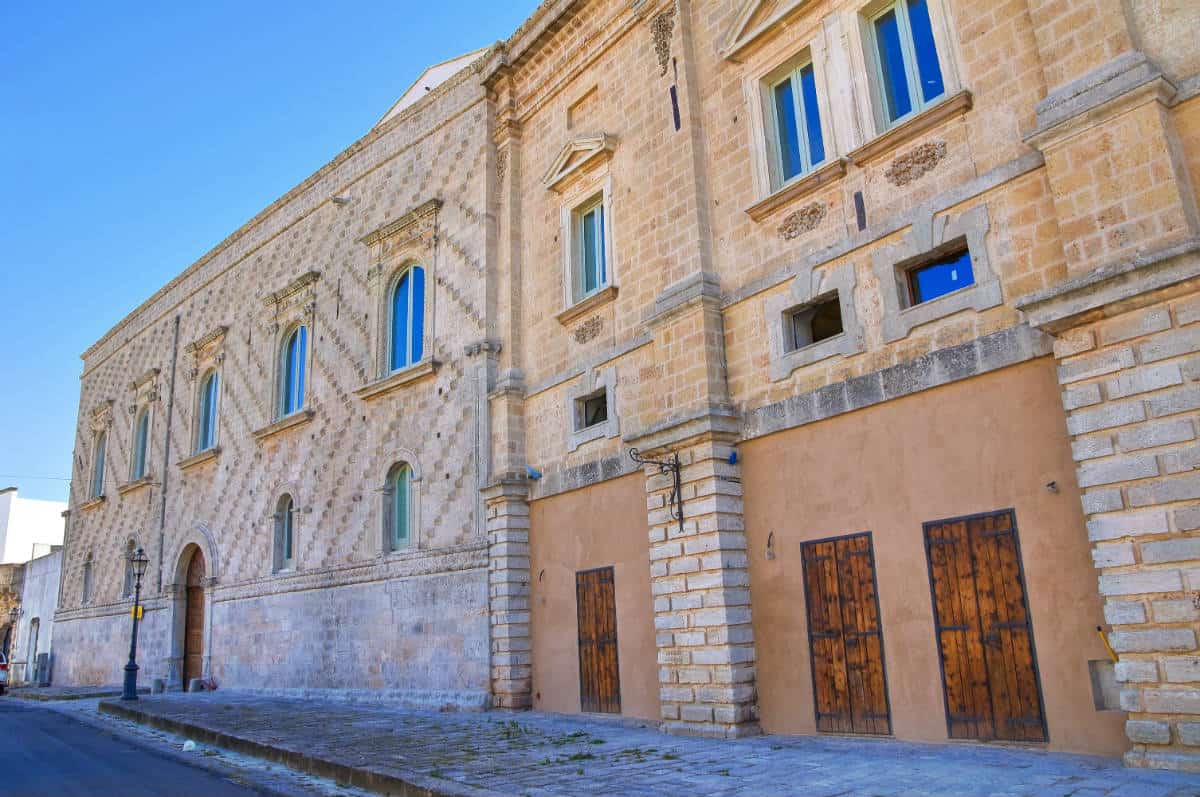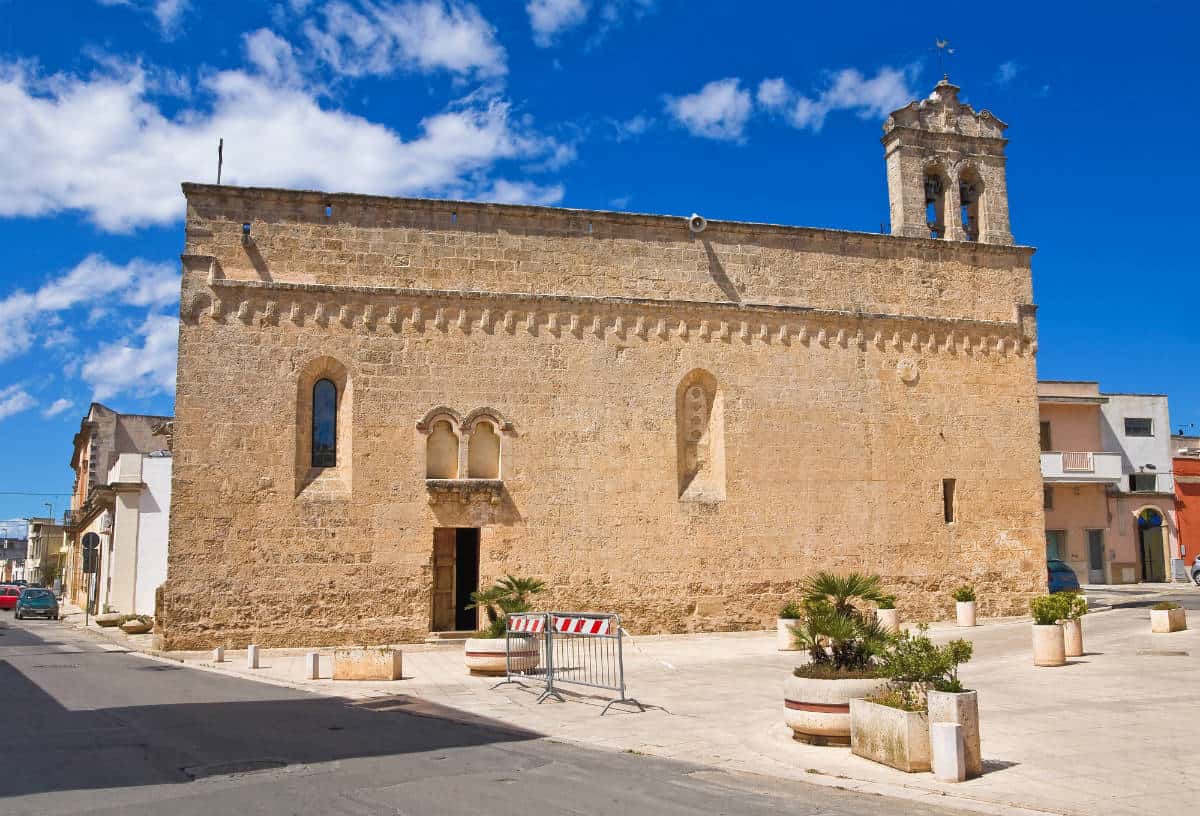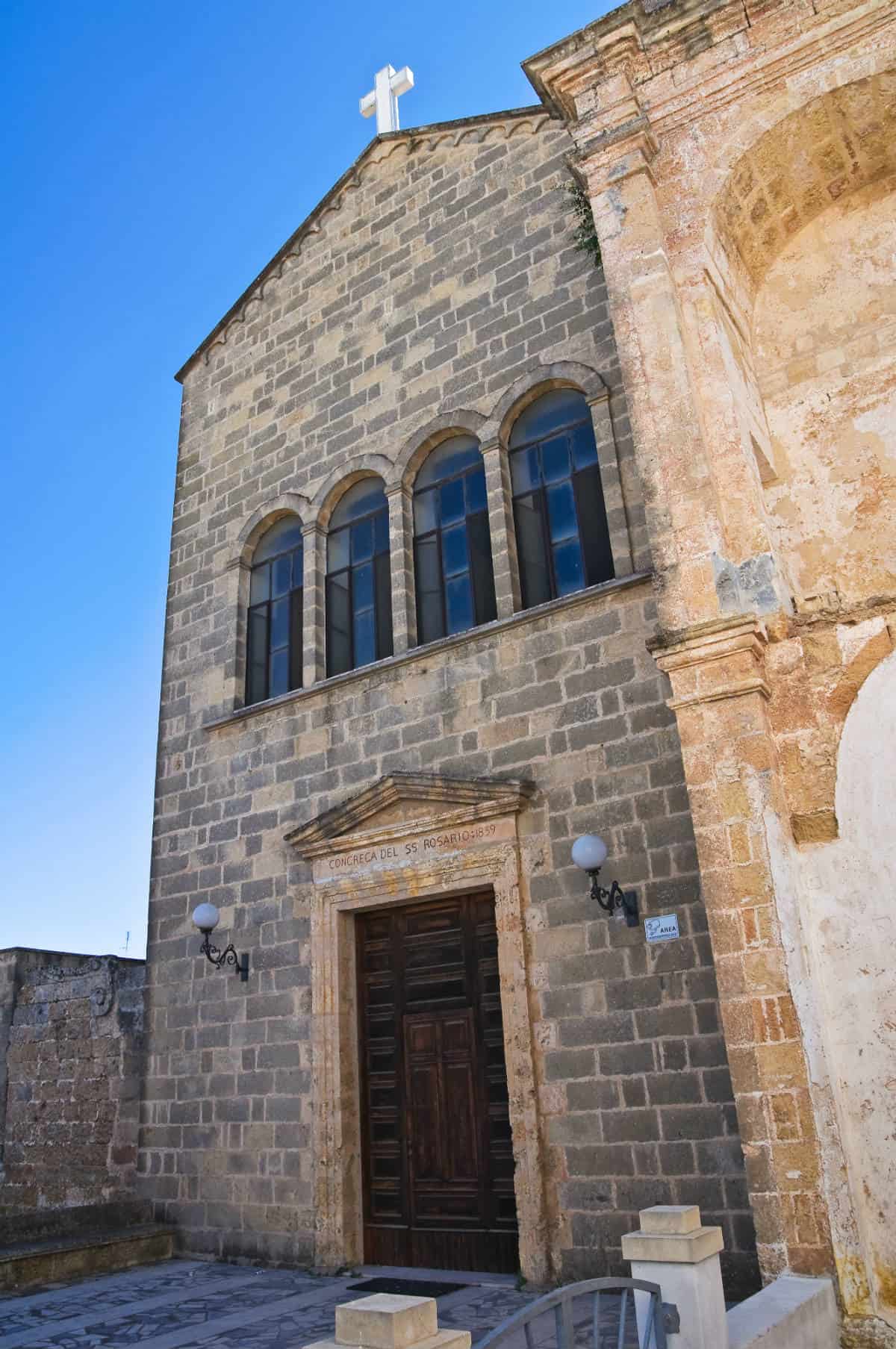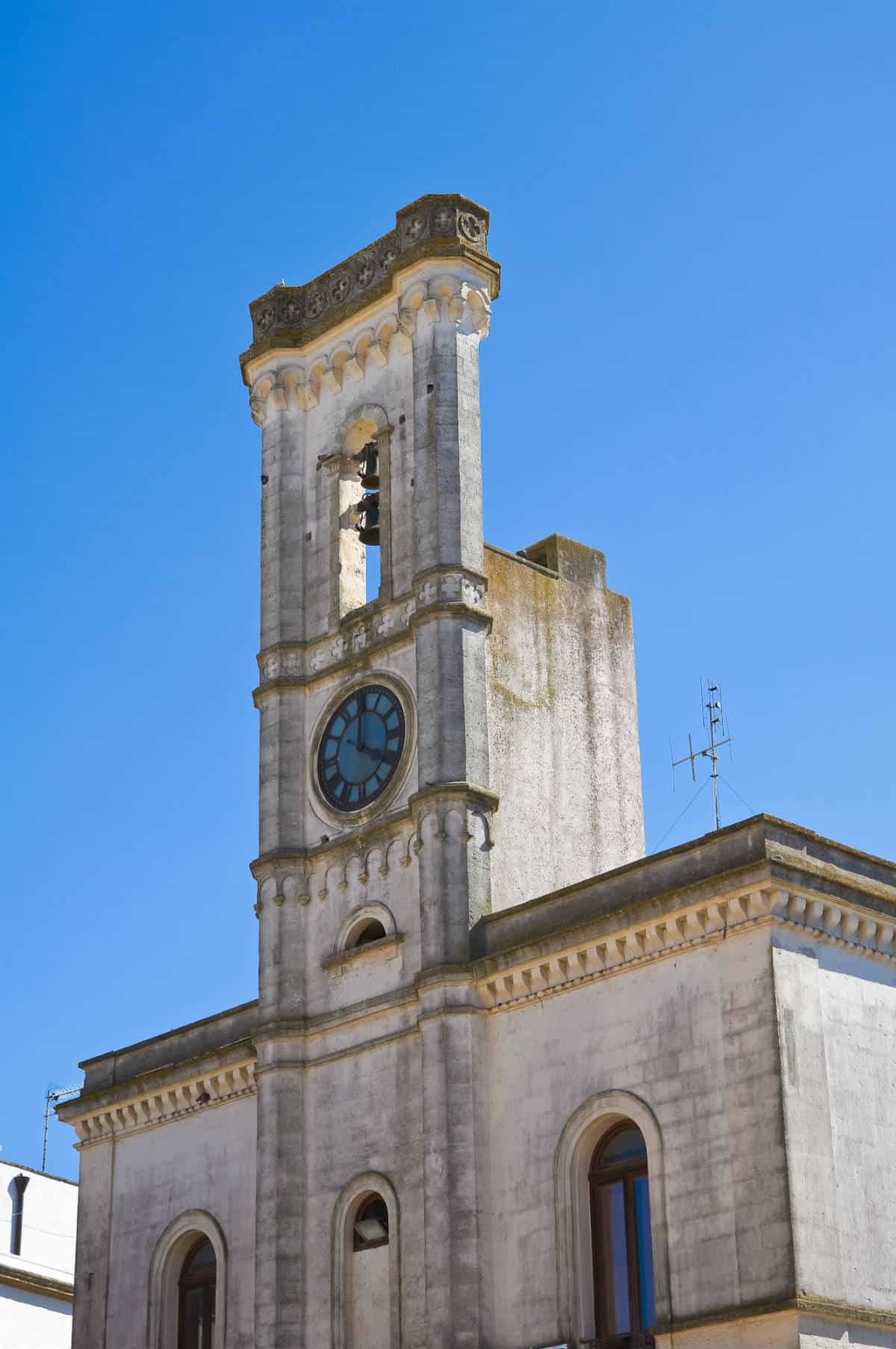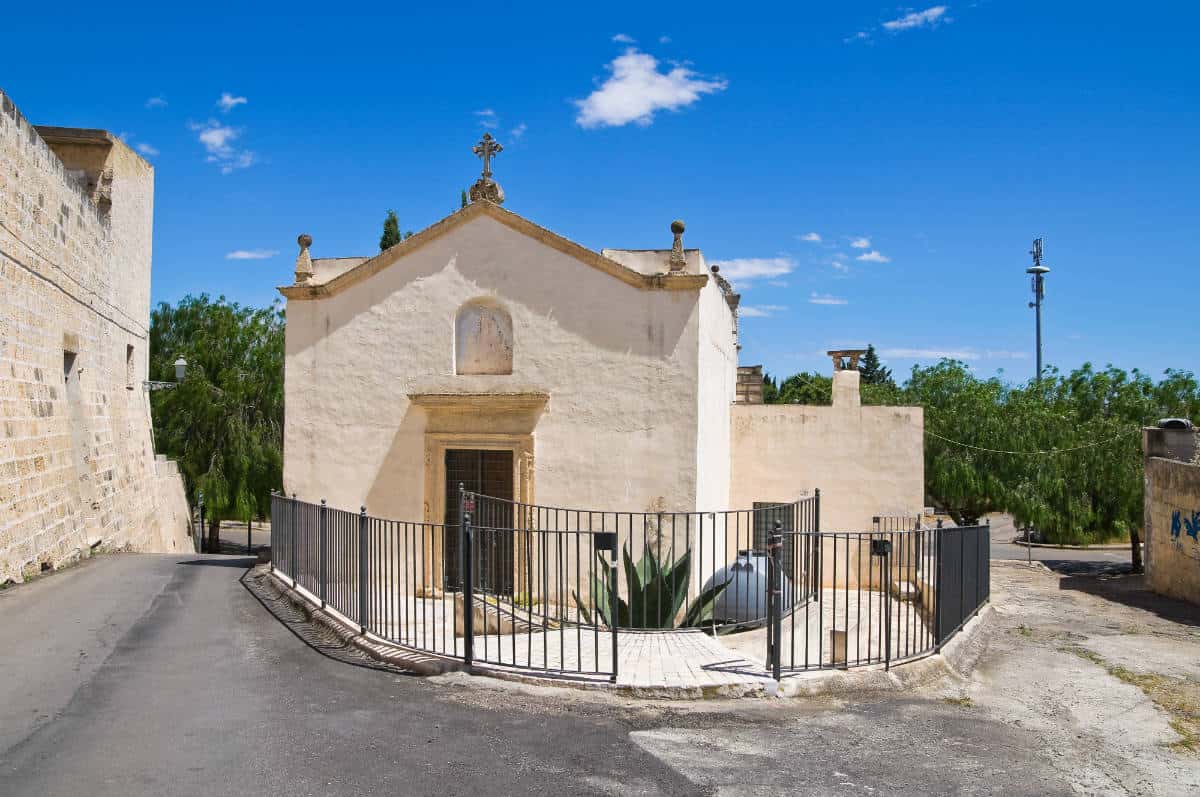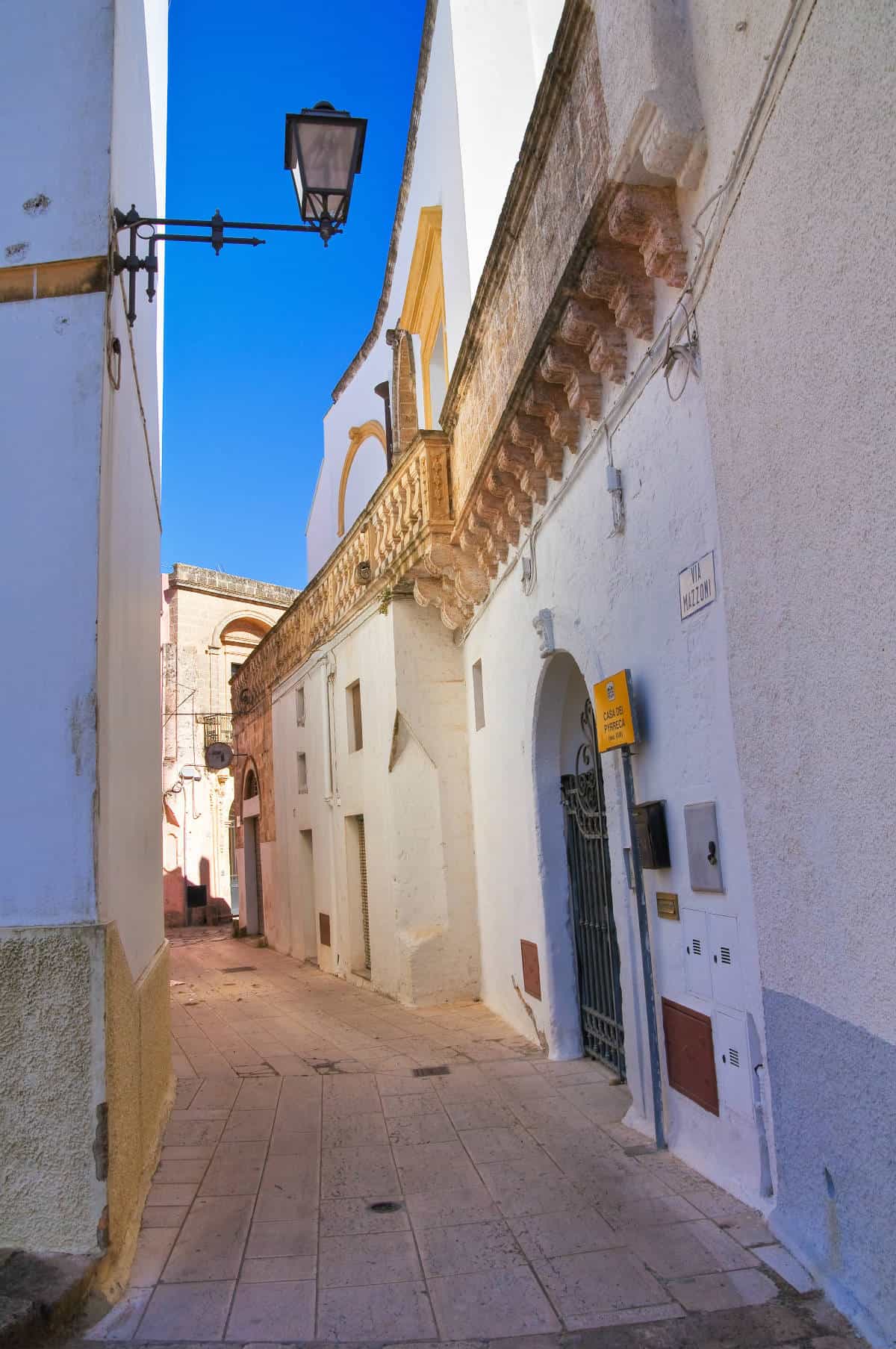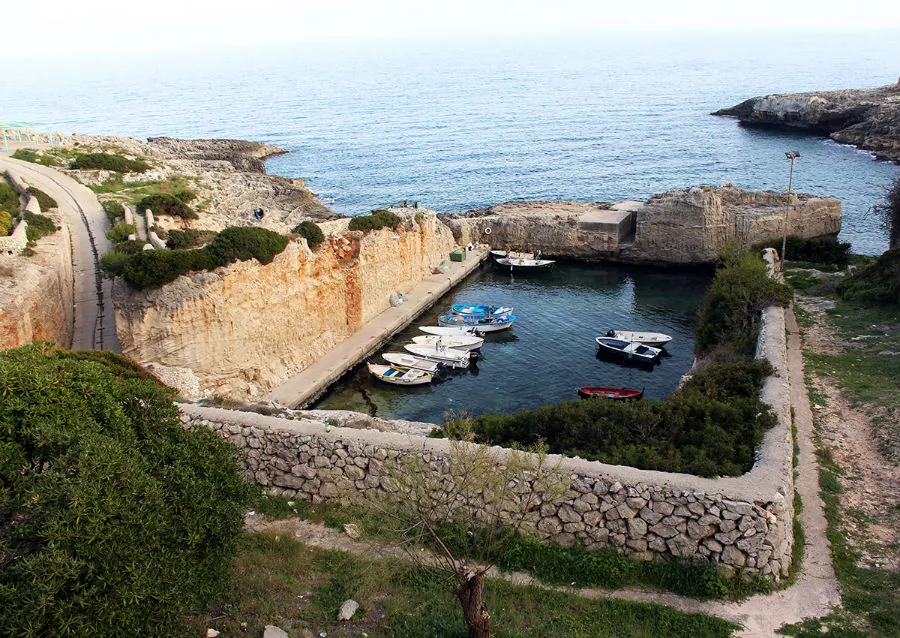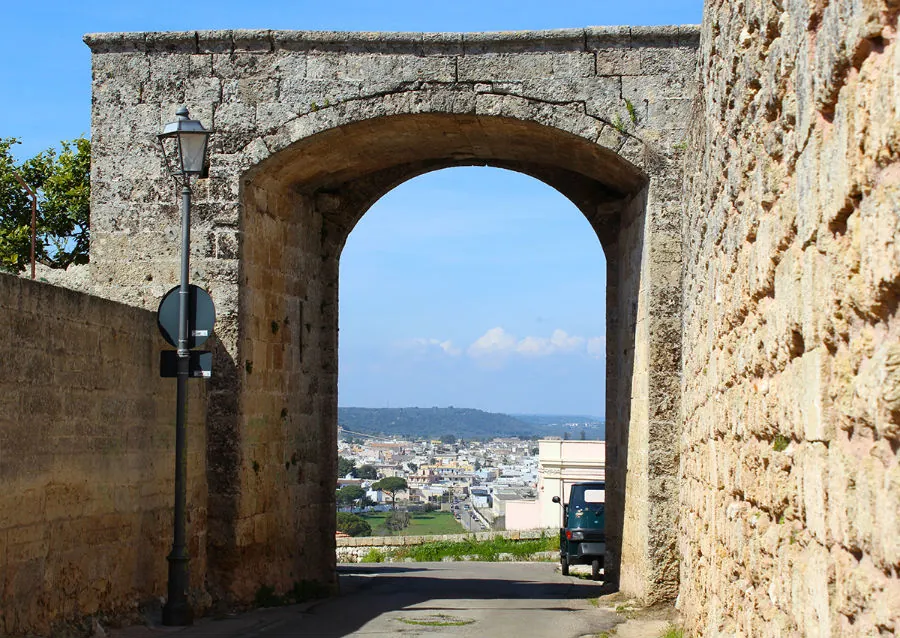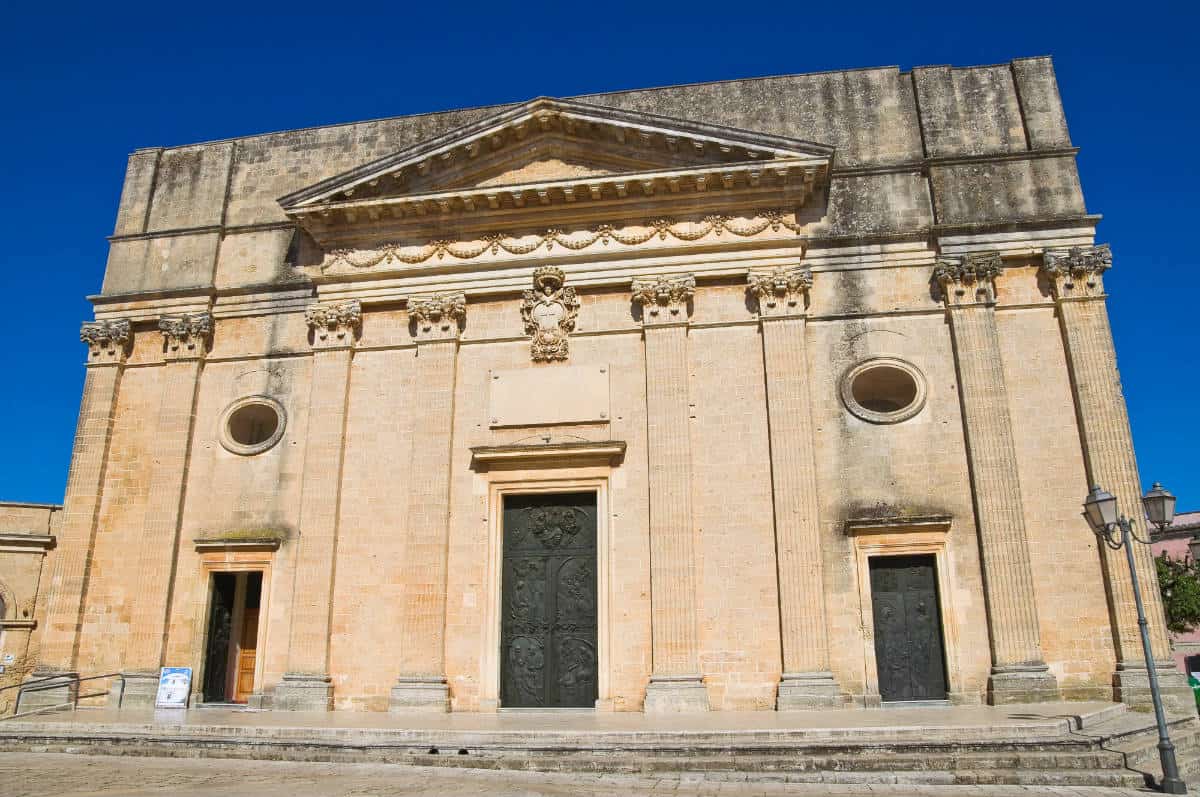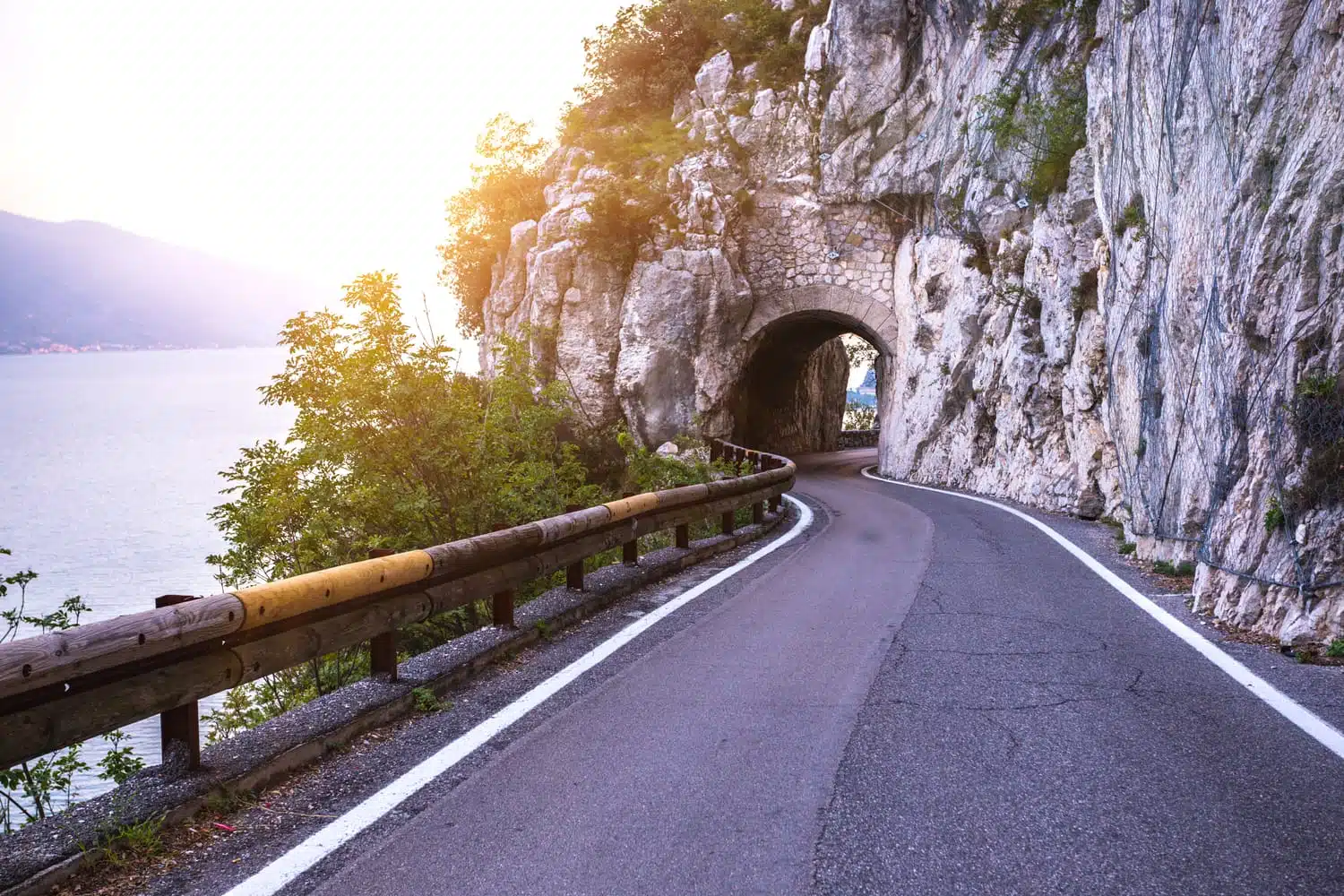To stroll through the historic center of Alessano is to immerse oneself in a maze of paved alleys, "court houses" and noble palaces that tell of the village's golden age, between the 15th and 17th centuries. The Palazzo Ducale, Palazzo Legari, Palazzo Pyrrego and Palazzo San Giovanni are authentic treasure chests of memory, amid elegant ashlars, balconies and carved coats of arms, evidence of the passage of important feudal families such as the Del Balzo, Gonzaga and Guarini. In particular, the Ducal Palace was also the residence of the Ayerbo D'Aragona family until the 19th century.
A place of faith and spirituality
Alessano is the birthplace of Don Tonino Bello, bishop and charismatic figure of the Italian twentieth century, a symbol of peace and civic commitment. But its religious vocation has much older roots: until 1818 it was an episcopal see and still preserves churches of great value. The Church of the Most Holy Savior, with its sober 19th-century façade and neoclassical interior, holds a work attributed to Paolo Finoglio; the Church of St. Anthony, the Church of the Assumption, the Church of St. Joseph, and the monumental, baroque Collegiate Church complete a highly evocative spiritual itinerary.
The hamlets: Montesardo and Macurano
In the hamlet of Montesardo, the highest point in the province of Lecce, stands the striking Church of Santa Barbara, of Byzantine origin, with frescoes that bring to light oriental spirituality. Even more ancient is the evidence of Macurano, where a rock village - probably founded by Basilian monks - develops in an extraordinary network of caves, underground crushers, cisterns and necropolis. This archaeological site, with the Sauli and Santa Lucia oil mills, is one of the most important in southern Italy.
The coast and natural wonders
Despite its inland vocation, Alessano enjoys its proximity to the sea: Marina di Novaglie and the spectacular Grotta del Ciolo are located in its municipal territory. Here, among crystal-clear waters, sheer cliffs and mysterious cavities such as Grotta del Presepio, Grotta del Diavolo and Grotta Azzurra, the landscape offers breathtaking thrills and adventures to be had among dives and trails.
A past rich in culture and entanglements
The history of Alessano is marked by ancient legends, such as that of Daedalus, who is said to have founded the town after his flight. Several theories link the name of the town to the Greek verb alexo, "to protect," or to the Byzantine emperor Alexius I Comnenus. What is certain is that the town already existed before the year 1000 and was a flourishing center under the Normans, becoming one of the main ones in Capo di Leuca.
In the 16th century, Alessano also established itself as a cultural center, with prominent intellectuals such as Cesare Rao and Francesco Storella, and with an active Jewish community until 1513, settled in the "Via della Giudecca." Its long historical parabola culminated in the transfer of feudal property to the municipality, following the abolition of feudalism in 1806.
Why visit Alessano
Alessano is a village that encompasses art, spirituality, archaeology and breathtaking landscapes. Its authentic atmosphere, far from the most crowded tourist flows, makes it an ideal destination for those seeking slow and cultural tourism, among Renaissance alleys, millennia-old oil mills and sea caves. A journey to the truest heart of Salento.


